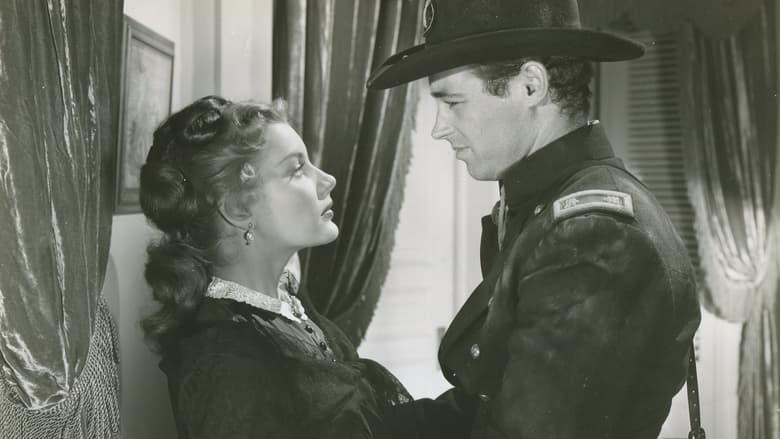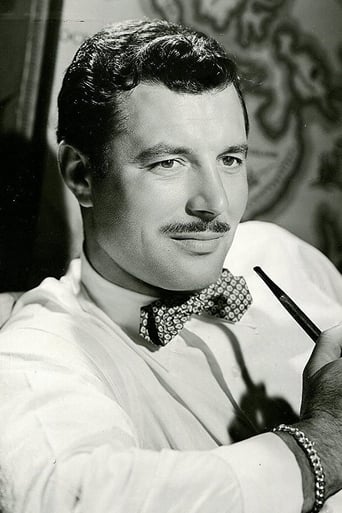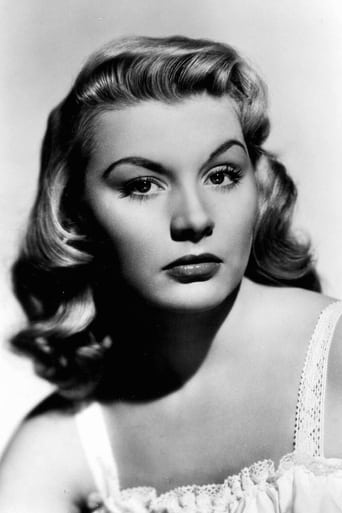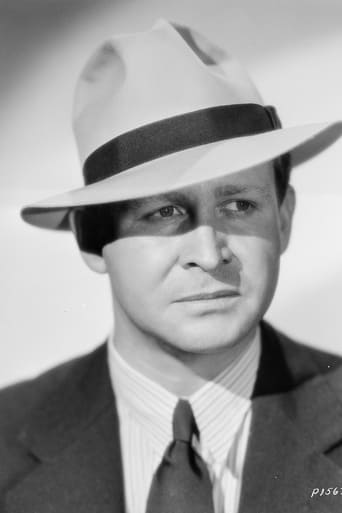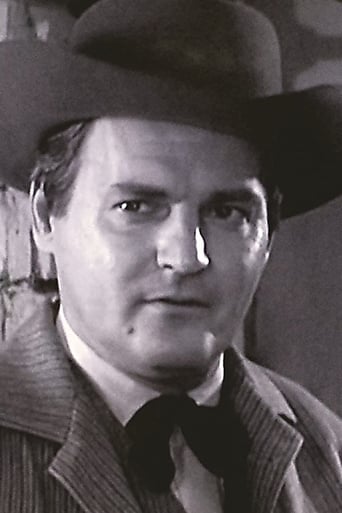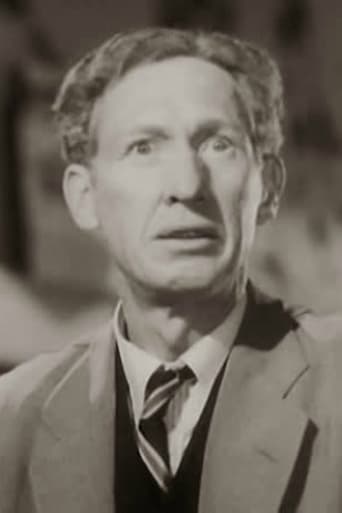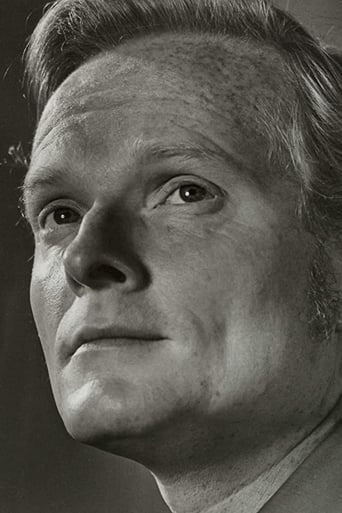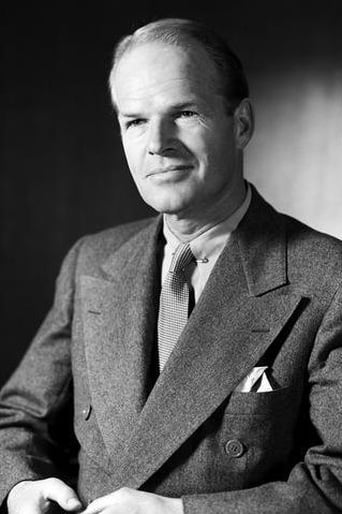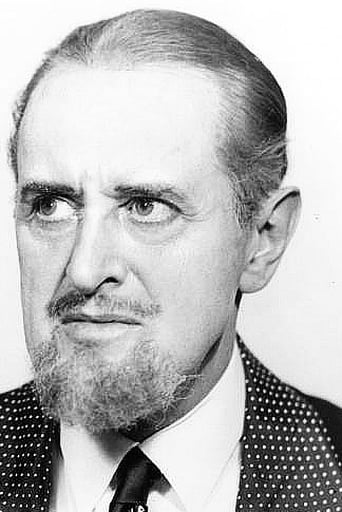Two old friends find themselves on opposite sides during the Civil War in a desperate battle atop an impregnable mountain.
Reviews
Wonderfully offbeat film!
one of my absolute favorites!
Best movie of this year hands down!
Actress is magnificent and exudes a hypnotic screen presence in this affecting drama.
It's 1861 in Georgia. Barbara Payton is married to Craig Stevens. They live in the Big White House and own a cotton plantation. There is a pleasant visit from two West Point graduates, Good Old Boy James Craig, Payton's former lover, and handsome young Yankee Guy Madison. It's at once clear that Payton and Craig still have a yen for each other.Suddenly it's 1864. The war is raging in Georgia, and if you don't believe it, just watch "Gone With the Wind" again. Payton's husband disappears without further ado. Craig is now a Confederate Major and Madison a Bluebelly officer, and that damned Yankee Sherman is beginning his march through Georgia with the aim of destroying the crops that are feeding the Confederate Army.Sherman's only link to his supplies is a single railroad line that passes near Payton's Place and an unassailable mountain that looks like Devil's Tower in Wyoming. Craig is assigned the task of schlepping four light cannons up to the top of the mountain through an internal passageway, and then blowing up any trains that try to get through to Sherman. The unwitting Madison is given the job of dislodging the dozen men and their cannon from the mountain top.Trains are blown to pieces. Cannon fire is exchanged. Payton does her best to help Craig and the rest atop the mountain. Craig manages to hold up Sherman's trains for a month, at considerable sacrifice to himself, his men, and the woman he loves.The irony is that, in real life, Sherman's supply line was constantly being cut by cavalry raids and his troops were being strung out in order to protect the railway from men like Craig. So Sherman cut them loose. He dropped his dependence on the railroad and he and his men foraged their way through Georgia all the way to Savannah, living off the land while destroying a wide swath of it.The writers have done their homework on Civil War era cannons. They know what's big and what's small. They have the approximate ranges okay. And the director shows us the artillery actually being loaded after first being scrubbed out. When somebody loads a gun with double shot, we see the gun being loaded with double shot.The film is undone by rudimentary special effects and weak acting. Guy Madison looks terrific and was evidently a nice guy. I took some courses at his alma mater. And he was in the U. S. Coast Guard, another point in his favor. It's just that he's not an actor. But then all the acting is on a par. Barbara Payton lacks Madison's physical splendor but she's not much of a performer either, but for an entirely different reason. With Madison, it's difficult to tell what emotion he's experiencing. We attribute feelings to his character because the context demands that we do. See "the Kuleshov experiments" on Google. Payton, on the other hand, signals her emotions with the plain-spoken clarity of a traffic light. Here is "happiness"; here is "defiance"; here is "anger." The film doesn't really take sides in the conflict. Everyone gets his or her share of understanding. But then political issues are never really explored, so there are no speeches about state's rights or let us alone to continue our way of life.The epilogue appears as a title at the end, a kind of clumsy paraphrase of Lincoln's Gettysburg Address, informing us that we have been forged together now as a united nation. The viewer is permitted a tired smile.
Many films which show battles tend not to be very specific about it and what we end up seeing are the highlights while the rest is told by the actors or narrated. What is remarkable about this film is that it shows us in detail how some southern soldiers climb trough an inside cavern a gigantic rock taking some cannons and from there manage to hit the northern trains and everything that happens in the ensuing battle. No director could have done a better job than Cameron Menzies, who was a great art director and production designer. He also directed uncredited, significant parts of Duel in the Sun. Guy Madison was at the beginning of a successful career, he would star in "The Command" a few years later, which was a great box office hit. Unfortunately it would be the opposite for co star Barbara Payton. It is amazing that this is a forgotten film, barely mentioned in books.
Director William Cameron Menzies served up one of the worst movies about the Civil War aka The War Between the States aka The War of Northern Aggression ever made. In "Drums in the Deep South" the story begins in Georgia on the eve of the firing upon Fort Sumter at a plantation mansion that looks like a prefab golf clubhouse. West Point grad Braxton Summers (Craig Stevens) returns from a business trip with a gift for his seemingly adoring spouse, Kathy (Barbara Payton). He mentions that he's invited two academy classmates, Clay Clayburn (James Craig) and Will Denning (Guy Madison) for dinner. At the mention of Clay's name, Kathy freezes with the intense emotion of a failed Method actress, signaling that she and Clay have a shared past.An awkward dinner follows ended by the bellicose announcement that war has begun. Will is off to serve the Union, Clay and Braxton will fight for the South.Fast forward - literally - to 1864 and Kathy lives alone at the mansion with her uncle and an occupying Union outfit looking for her husband while also protecting a threatened rail line needed by GEN Sherman for his advance through the Peach State. The federal soldiers are shown as crude, even cruel, but Kathy knows how to deal with them.Then Clay arrives with orders to destroy Union rolling stock at a critical point called "Snake Gap." Interestingly, Union forces did take a Georgia pass named Snake Gap during Sherman's offensive but the story that follows has nothing to do with the Civil War reality.Clay, a major, has to get cannon to the top of a prominence from which he can blow up the Yankee trains. And who should be in command of the Union detachment tasked to destroy the Confederate unit? Why Will, of course (Guy Madison was a stock "B" film staple.)Clay also finds time to renew his acquaintance with Kathy who'll do anything for her beloved Confederacy. This being a 1951 flick and she being a fine Southern lady, they don't make love but her anguished concern for the absent Braxton's safety evaporates as she and Clay plan to head for bliss anywhere but in a war zone. And away from Braxton who might take umbrage at his wife's desertion with his classmate.The rest of the story is silly and the military action is unbelievable, indeed impossible. The film is a rushed muddle of stereotyped roles and predictable outcomes.And, on top of that, the DVD transfer is very poor with washed out color, blurred dialog and text that doesn't fit the TV screen.Dimitri Tiomkin's score is good but nowhere near his best.Skip this one-"The Horse Soldiers" with John Wayne and William Holden is infinitely better, a fine example of this genre.4/10.
William Cameron Menzies is perhaps the best production designer in American motion picture history (Gone With the Wind, et alia) and his work as director applies the design principles which he espoused, such as with this film, including a prime emphasis upon cinema as a graphic art, a visual rather than literal interpretation of a script, filling that metaphysical space between scenario and direction with an artist's point of view, while avoiding a potentially incorrect objective sensibility. The narrative tells of a pair of best friends and West Point classmates, Georgian Clay Clayburn (James Craig) and Yankee Will Denning (Guy Madison) who are wearing officers' coats of opposing artillery units during the War Between The States, and of the inevitable military engagement between them, featuring a most dramatic segment involving the difficult placement of Confederate cannons atop a mountain overlooking Union rail supply lines, shot with Menzies' intriguing pictorial effects and unique camera angles. An independent King Brothers production under the aegis of RKO, DRUMS IN THE DEEP SOUTH is not replete with good performances, although Craig is solid as is his custom, while Barbara Payton, as Clayburn's lover, tries hard and is at the pinnacle of her short-lived beauty, with Dimitri Tiomkin's lush score properly evocative for this generally prescriptive film.
Top Streaming Movies











